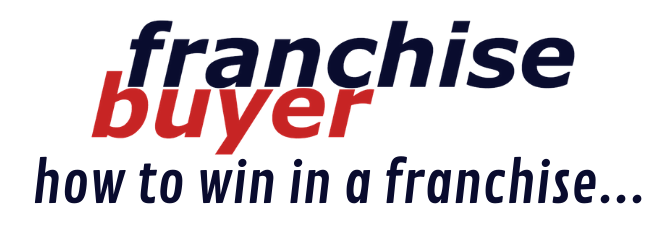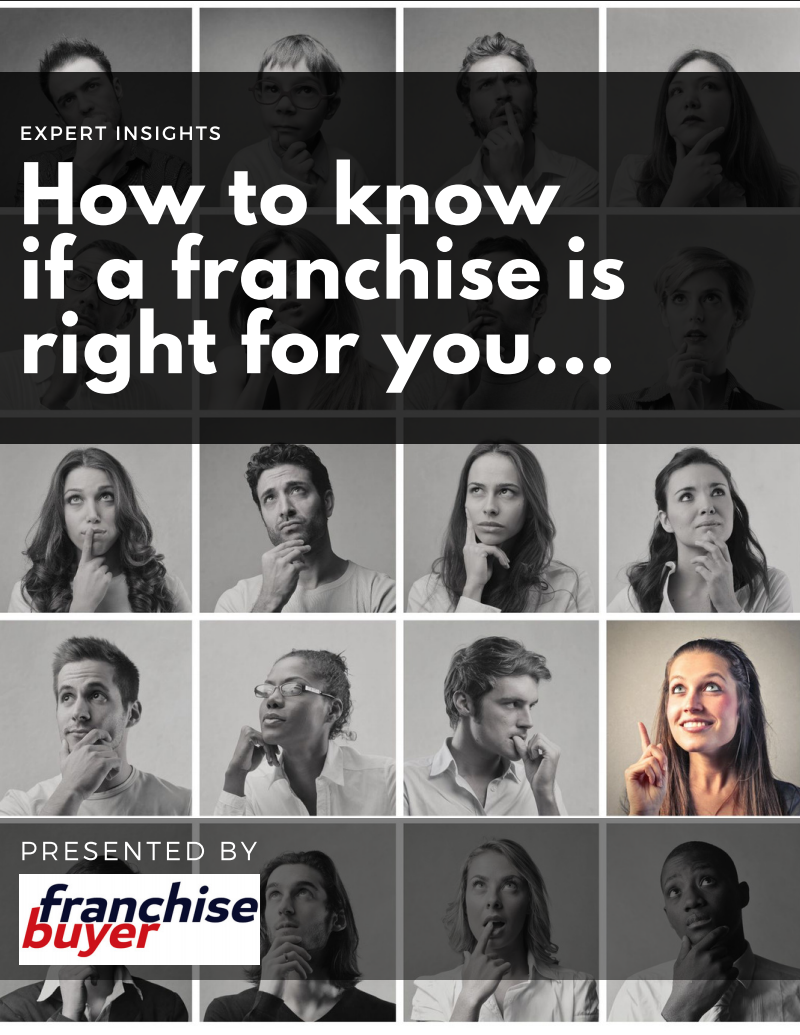October 28, 2019
How we stay a low cost business in our niche
One of the keys to creating a profitable business is to keep the entry costs down at the start!
Of course, a lower entry cost reduces your risk and gives you a greater chance of success - no matter what the business is. Food and coffee businesses can often need quite a commitment in construction and equipment costs before the doors even open. We spoke with Steve Andrews of Croissant Express about what they're doing to address this issue.
Keeping equipment costs down
"...basically, we focus on essential equipment and nothing else. To give you an example, you go back 10 years ago, we would require an investment of $20,000 for an oven, which included provers (for baking)... and a lot of plumbing needed to be done. Now we've got exactly the same oven, a little bit smaller, but it does exactly the same job for half the price. And that's what we look for. So we are continually looking for new equipment that can do the job, less cost."
Another key factor and focus of attention in all kinds of business is the ongoing energy costs to operate the business using the equipment. This also forms part of the equipment selection process. "Less power and energy costs is another key part of our (selection) when we look for suppliers providing us with the new equipment."
Hot tip - take over existing cafes
The cost of a shop-fit to build your cafe business can get away from you even if you know what your'e doing. And the risk of cost blow outs increase exponentially if you DON'T know what you're doing!
"...at the moment one of the cheapest options to get into a site that we really focus on is looking at current sites that cafes and brands are exiting. Those people have already done all the groundwork, all the concrete's been cut for piping, (and so on). The floors, in most cases, the counters are already there. So by the time we retrofit the counters with different signage, different finishing and other finishes, it can reduce the cost by anywhere up to $100,000."
"...at one store where we got into one store for less than $200,000, but that store brand new would have cost over $300,000. So that's what we search for, and quite often those existing sites that have been vacated actually suit us more because we have a totally different offer to some of the other (brands) that are in those markets."
What about rent costs?
Rent cost is another area where businesses can get into trouble, especially for the uninitiated and or poorly advised small business owner. Rents are increasingly appearing as a core issue in any business in the market. Steve takes a different approach from the outset in the way the business looks at rent costs.
"Look, it's pretty obvious at the moment. The rents that people are paying in places like Westfield's and AMP Centres and so forth, the rents are way too high, and they're not feasible three, four years down the track. So we're looking at people going in (at a) maximum range at $80,000, is what we're looking for."
"And then when we look at the leasing strategy on a site, we don't look at the money you're going to make in year one; it's what you're going to make in year five. Rent five or the year five, you've got a 2% to 5% increase every year in rent."
"So we factor that in when we're looking at the numbers with the prospective franchisees, and that does it...we're very conscious of (not what) money you're making in the first year, it's what the site and the business is going to look like in five years' time, as a rule of thumb (for feasibility)."















